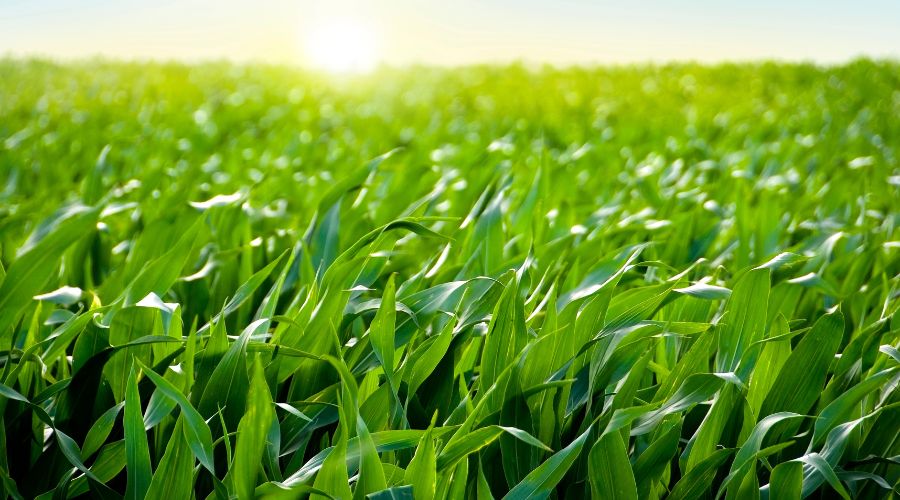Expert shares five ideas for better maize in 2025
19th January 2025
The challenging 2024 season produced some unwelcome weather for growing forage maize, but it also underlined several valuable lessons, said ProCam Field Options technical lead Simon Montgomery.

Taking on board these lessons could help produce better maize this year, the expert has suggested.
He added: “Like other high-value crops, successful maize requires attention to detail,” says Mr Montgomery. “This starts with early planning. Decisions at the start of the season can have long-reaching consequences.”
To help farmers, Mr Montgomery outlines five key lessons.
Field type and film
It goes without saying, but choosing land suitable for growing a heat-hungry crop like maize – such as fields that receive good sunlight – is essential, said Mr Montgomery, but what 2024 also underlined was the value of establishing maize under film.
“Film kept crops growing during the cold June last year, and it can also allow maize to be planted earlier, for example, during April depending on location. It can also bring crop maturity forward as much as three weeks, which increases the likelihood of the crop being harvested before the autumn weather deteriorates,” the expert continued.
Successful seedbeds
Although the wet weather that hampered soil preparations last spring was beyond farmers’ control, the season did reinforce the importance of good seedbeds.
Mr Montgomery said: “Where seedbeds were overworked, maize establishment was hindered. But where crops were drilled later into superior seedbeds, it might have ultimately delayed harvest, but they often grew better.”
Variety values

The arable expert added that the key to getting the most from maize is choosing appropriate varieties, says Mr Montgomery, not only for yield and energy but also for harvestability.
“You never know if the weather at harvest is going to be kind. So, steer clear of varieties that reach the optimum 33% dry matter (DM) content but then dry down rapidly and resemble tobacco plants in as little as 10 days. Not only is dead, dry foliage less digestible and lower in sugar, it’s also difficult to consolidate and at risk of heating in the clamp.
“Ideally, choose varieties where the cobs ripen, providing starch, and the plant gets to around 33% DM, but then stays green as long as possible, for maximum chance of harvesting while at its nutritional peak.
“The variety Rodriguez, which is early, high yielding and high in metabolisable energy (ME), is one example. But the newer options of Marcopolo, which is early maturing, or Jardinero, which is ultra-early, are others,” he added.
Wiping out weeds
Where it was possible to apply pre-emergence and post-emergence herbicides last season, they generally worked well, said Mr Montgomery, but what was clear was the importance of a programmed approach.
“Where post-emergence herbicides couldn’t be preceded by pre-emergence herbicides because of rain, it created bigger weed burdens in a season when crops struggled. This was worsened by the cool June, which slowed growth and so reduced crop competition.”
Nutrition know-how
Mr Montgomery added that getting maize up and out of the ground rapidly is crucial. Maize needs phosphate and potash early for strong root development, he stresses, but also a reliable supply of nitrogen (N).
“What worked well to complement traditional N sources last season was applying the endophyte bacterial treatment, Encera. This fixes atmospheric N inside the plant. Applied with post-emergence herbicides, treated crops looked healthier, and previous trials have shown Encera to both improve DM yield and boost ME yield by 10,000 MJ/ha,” he concluded.
Read more arable news.
